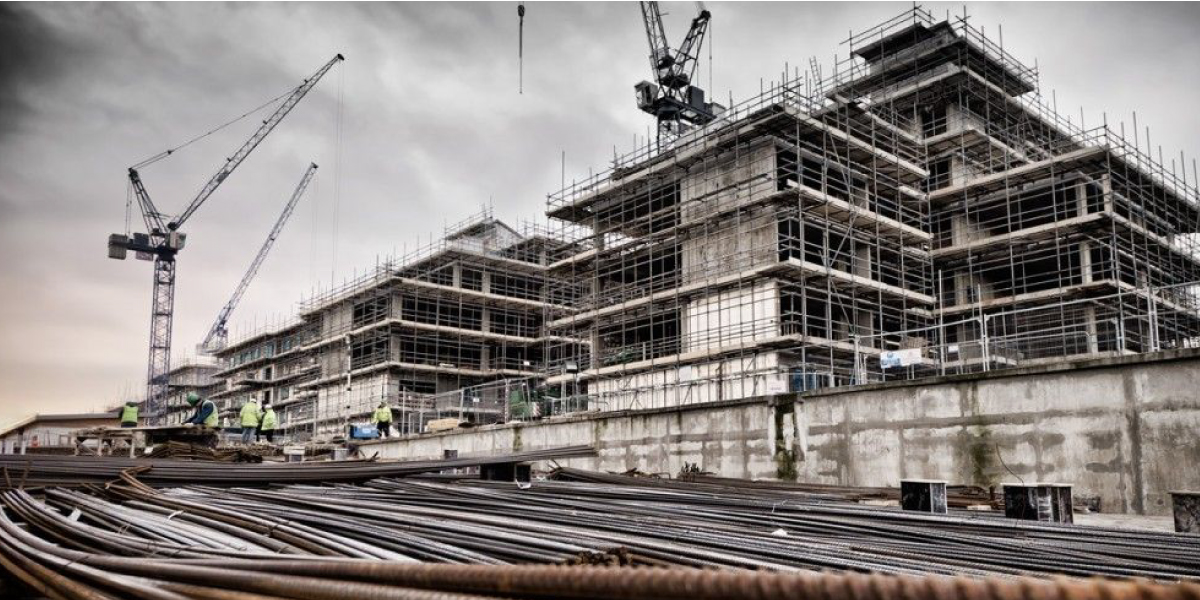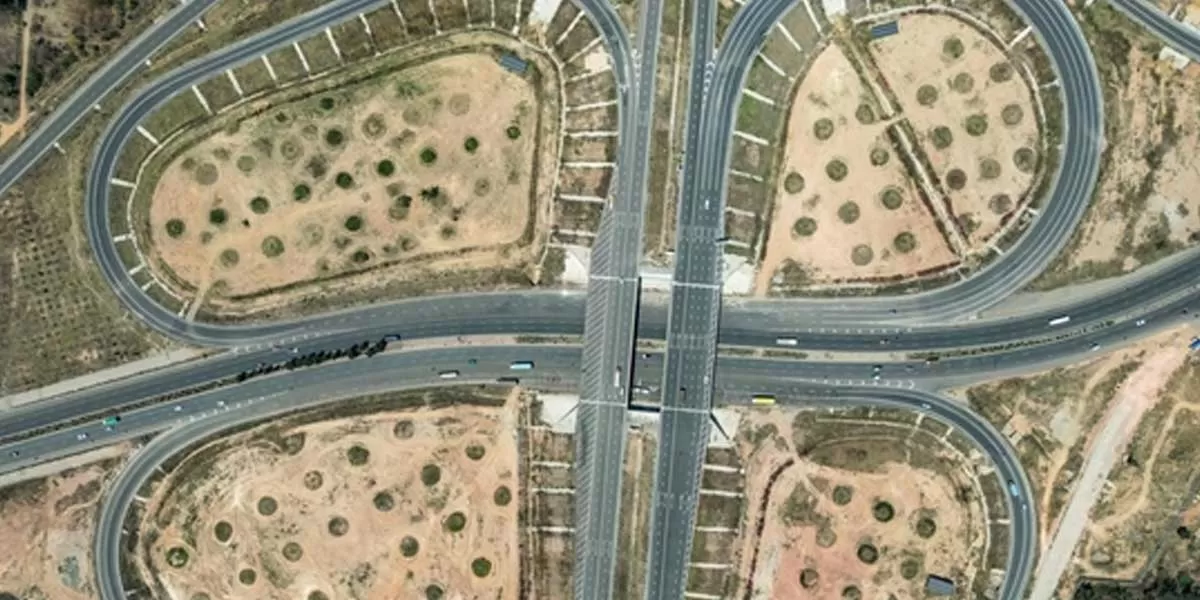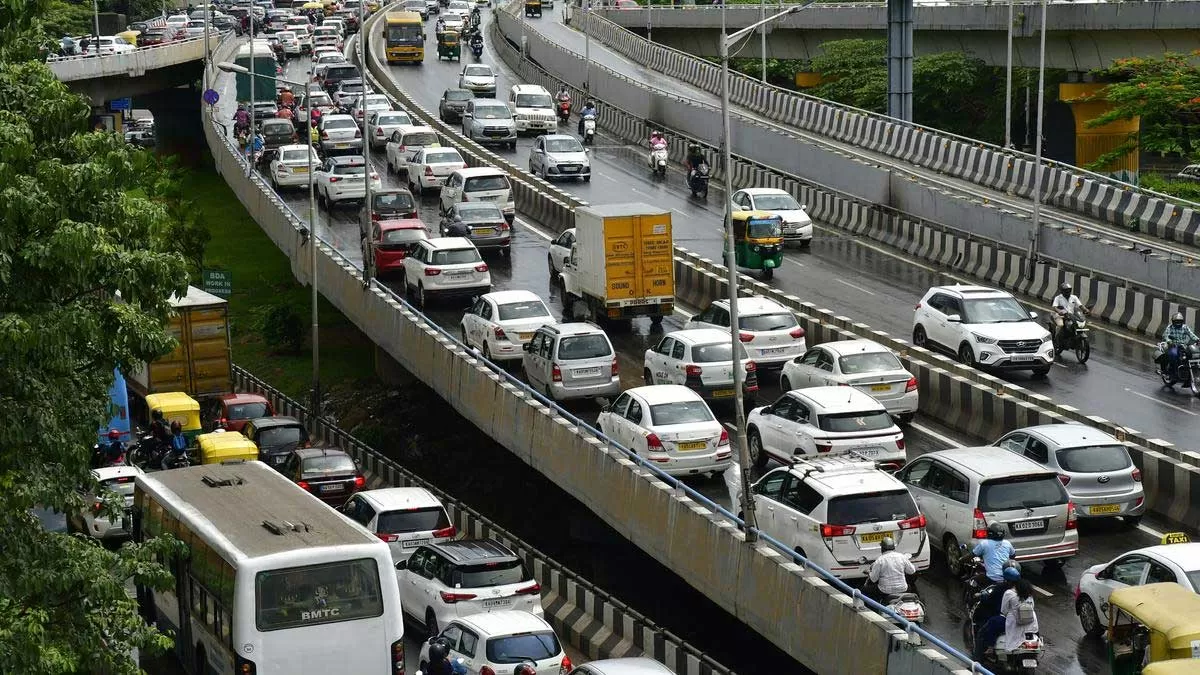In the previous article, we read about the overview of building our own home, pointers that we need to remember while doing the same (like finalising the plot, choosing the right contractor, and more). This article will discuss factors like selecting a site for building your home and things you have to consider while comparing plot rates.
The decision to build a new home for your family is often driven by shortcomings in your existing home, often directly related to lifestyle. Make sure that you analyse your current lifestyle and your future needs before choosing the construction site. Find out where you can go to work, school, train, shop, socialise or get medical attention.
Reckon the relations between the plan and the site. Make a checklist and make no compromise on non-negotiable, priority items while choosing the construction site. A house can take virtually any form, provided that the living space maximises the benefits of solar access, cooling blueberries, summer shade, and wind protection.
During the planning phase, before actually choosing the construction site, designing the site by the architect should be done to meet the fundamental requirements of the owner. At this stage, the owner must understand the aesthetic, environmental, and economic factors. The owner must also schedule and arrange the funding, in particular, needed until the project has been concluded.
It may sound like a dream come true to build a brand new home. You must choose the ideal construction site for your family's needs and say in every design element. But if you have never done it before, the process can also be intimidating.
Here are some advantages and disadvantages of building your own home.
Advantages:
The fun thing about building a personalisedoptimiseGenerally home is that it can be anything you want. You get what you want exactly the way you imagined it.
Constructing a home allows you to build where ever you want it. Talk to your builder before you purchase to ensure the property you wish to develop is a suitable place. Constructors help ensure that the terrain is zoned for housing and identify construction problems on the site.
Disadvantages:
Construction of a house is a high-priced undertaking and typically costs more than purchasing an existing house.It takes a while to build a house. Typically, you can complete a 2500 square footer and below [home] with proper planning in seven to nine months. It can take a little longer if you take too long to choose your favourite flooring or windows.
Make sure your house has the best living conditions; it must be built on the perfect portion of Land. So how do you choose a suitable site to build your house?
These three areas, Land, Water, and Air, constitute each site essentially. It would be best if you considered all of these factors before choosing the construction site:
Land
We see the surface, but the secret lies under the skin, divided into three sections: topsoil, subsoil, and bedrock. Topsoil is rich in biodiversity and helps any later plantations. The part of the ground defines the construction cost of your home primarily so that you can save money on the right plot.
Many people are driven to the hills, for example. The panorama can undoubtedly be dramatic, but the building cost alone can be increased to 25-30% by roads, utilities, the water, sewer and foundations, such as pilings.
Remember the thumb rule that while considering going vertical, an 8-degree slope is about the limit when building economically on hillsides. Soil also helps us understand the extent of a plantation, water level, and water seepage.
Water
Water is essential for life, and hence groundwater becomes prime importance while selecting a site. It is essential to ensure that the groundwater under your site is not contaminated due to nearby pollutants.
Air
Understanding the quality of Air is again an important factor while choosing the construction site, which later defines the house's opening and ventilation. It is an essential factor, especially in hilly regions where Air on the windward side is much more moist and humid when compared to the leeward side.
Now let's come back to our fundamental question. How do you choose your construction site?
Location:
Ensure good connectivity to public transport such as bus or metro.
What is the proximity of your site to neighbourhood retail, schools, and primary medical facilities?
Next, understand your plot size, which you should optimize according to your family space and requirement.
After leaving checks, will it be sufficient for gardening, vehicle parking, freshwater sump, and drying clothes?
Focus on infrastructure and amenities:
Does the plot have metal road access?
Have a checklist of civic amenities like drinking water, electricity, underground drainage, internet facilities, piped gas connection, and security.
It is essential to verify if your plot has a sanctioned layout, which applies for housing loans.
The shape of the Land:
The use of your architect's space becomes the focus during the construction of your house, and the correct shape will increase such efforts. Let's look at specific forms and understand how each affects your house construction in a broad sense.
Square: This helps the architect utilise the space well as most of the rooms can be square or rectangle, avoiding wastage of space. In smaller plots, the only disadvantage might be to accommodate rectangular areas used for halls.
Rectangle: This is considered optimum for best space utilisation as there will be space left on two sides to explore more utility like a garden or an extra room.
Triangle: The narrowing part of a triangle makes it challenging to accommodate rooms and, hence, the least preferred site.
Circle: Very rarely used in buildings because its shape makes the entire perimeter difficult to use.
Quadrilateral: It is best when the plot widens at the back, making it best while designing a great backyard.
Tips:
The triangular site on one side and the road on the other side have a beautiful view that significantly enhances ventilation and balconies. And this could come at a better price if people do not like these plots because of VASTU.
A corner plot also means less visibility but can be ideal for people who like confidentiality and reduced traffic.
Generally, you should prefer plots surrounded by trees, a view, rectangular with the width aligned to the road, a gentle slope or none, and an excellent location for basic amenities.
The plot dimensions should accommodate a minimum width of two rooms and a staircase after leaving the impediments.
Thumb rule
As a thumb rule, the length to breadth of your plot is good if it falls in a ratio of 1: 1:6:18, which is often called the golden proportion universally. Thumb rules play the most critical role while making assessments on-site. Thumb rules allow you to use the mathematical formula to calculate the solution and make wise decisions when required.
Note: Thumb rules never give accurate results, but you can use them for approximate results. Approximate and comparable methods are a rule of thumb. In thumb rules, if we compare the results, the units are not the same. Thus, don't think about units during thumb rules.
Government approval
The local government must approve the design before the construction starts and allow everything from zoning and grading to the septic systems, building houses, electrical works and plumbing. Before the building begins, the local government must allow the design of the buildings. Once permits have been acquired, physical construction may begin. So, before choosing the construction site, ensure that the Land is not associated with any legal concerns.
Vastu before finalising the plot
Vastu compliant properties guarantee peace and stability to achieve tremendous success in life and prevent hostile forces.
Before purchasing a plot, the most crucial factor is the direction of the plot, the orientation to the north is preferred as it is highly favourable.
Corner plots are ideal in the home building because they bring prosperity and happiness.
It would help if you avoided the Land facing the south.
In general, Land covered by lush greenery or farmland is considered suitable for housing.
Flatland should be preferred for residential construction, but plots with northeast or southwest slopes should be considered if a slope exists.
Avoid buying homes in the vicinity of cemeteries or hospitals because they contain negative energies and infections.
Obstruction on the north and the east should be avoided, like an electric pole, a slope, a building, but it may work towards the west or the south.
Some tips to save construction costs.
Avoid complex shape forms.
Avoid complicated level systems.
Insist on structural economic planning.
Vouch for natural light and ventilation at the maximum possible.
Make sure the supplies of water, power cables, are placed efficiently.
Use fresh, sound and sustainable materials for construction.
Hire a trained workforce.
Comparing the plot rates.
You need to know how to compare plot rates before you choose the construction site. The difference between the market rate and the circle rate is the most crucial factor to understand here. Here are a couple of things that help you know the two better and make a better decision.
What is the circle rate?
The minimum value at which a built-up house, plot, flat or commercial building can be sold or transferred is known as the circle rate. This rate is determined by the revenue department of the state administration or local development authorities. The circulation rate is consistent with what the state officials see as prices at which the property is sold or transferred.
You can find different rates for various locations inside a city. Since the real estate market is covered and does not have a detailed pricing index, it is intended to check property price speculation.
Actual market rates are higher than the circle rates on all property markets because they are not often revised sufficiently to keep them within market prices. The circulation rate is thus not a precise figure of property prices, even if it is indicative of the market situation.
What is the market rate?
The price the purchaser pays for an estate is the market price. Based on a contract between the purchaser and dealer, the final price is decided. Price expectations of the dealer and the purchaser's inclination are used to determine market rates.
This price range is achieved by examining accurate transaction prices in one location and is a better indicator of what sellers are demanding and what buyers are prepared to pay. Since such prices depend on demand and supply, supply is inevitably more costly.
Difference between both
While the circle and the market rates are connected, the impact on one another is limited. In reality, the market rates are never below the rates of the circle. For instance, if the circle rate is around $3200 per sq. ft in any area. And the market rate is approximately $6200 per sq. ft in the same area, indicating that the market rate is 92% above the circle rate.
A significant divide between the two suggests a delay in the perception of market value and the authority's opinion on it. Before choosing the construction site, the purchaser should always look at their market rates, as their purchasing power is determined and their recognition in a given area is also demonstrated.
Mostly, when a property is sold, the buyer pays the stamp duty and registration fees. The increase in circle rates has been argued to cause transaction rates to decline. However, experts believe that revising circular rates in the real estate market makes market prices more rational and positive.
To know more about land acquisitions and permits, you can click here. It is an integral part of the construction. It will describe the acquisition of Land under the legally obliged strategies for an eminent domain for a community project.


















